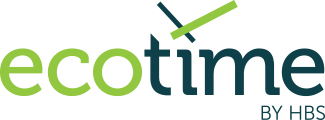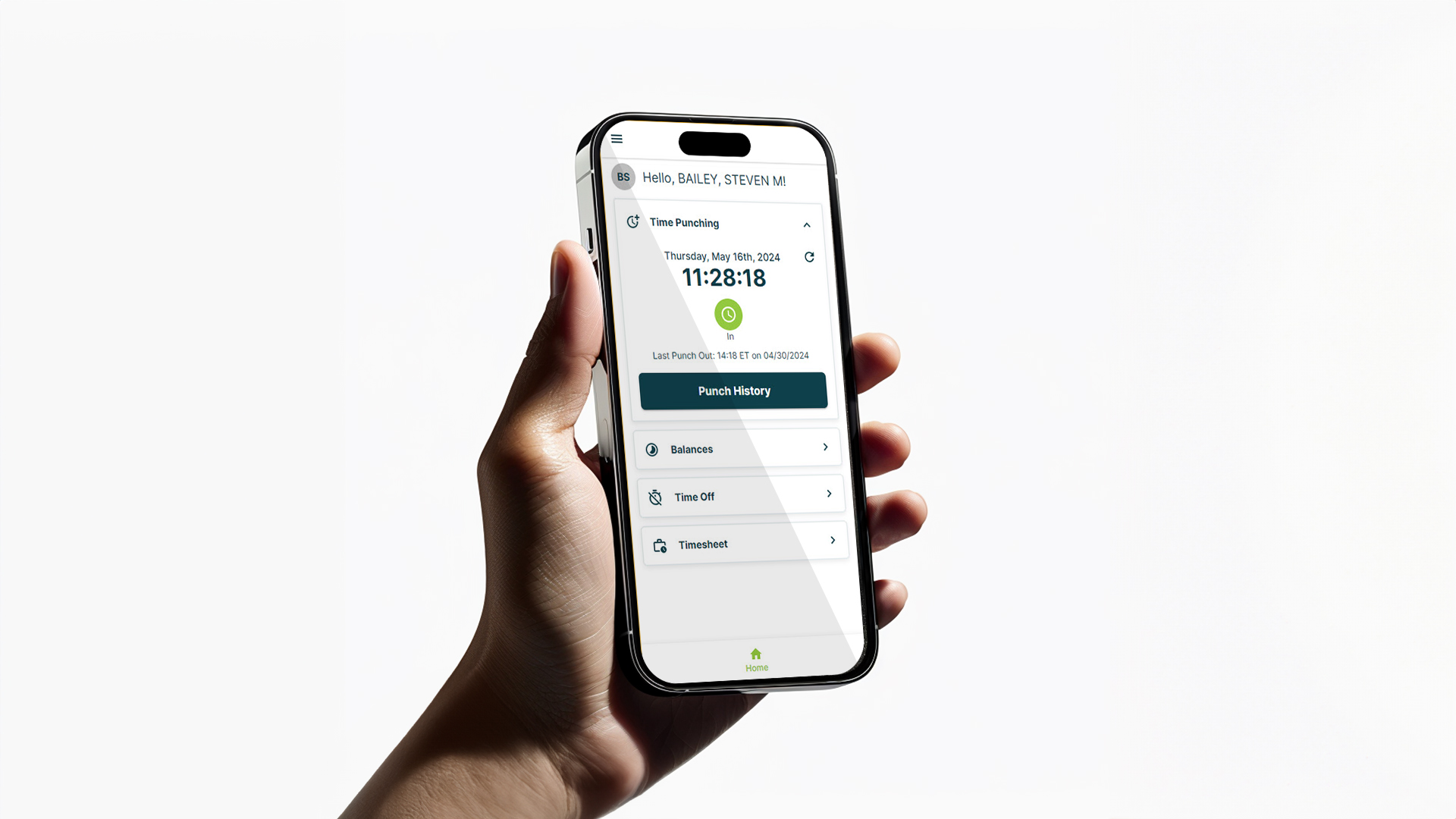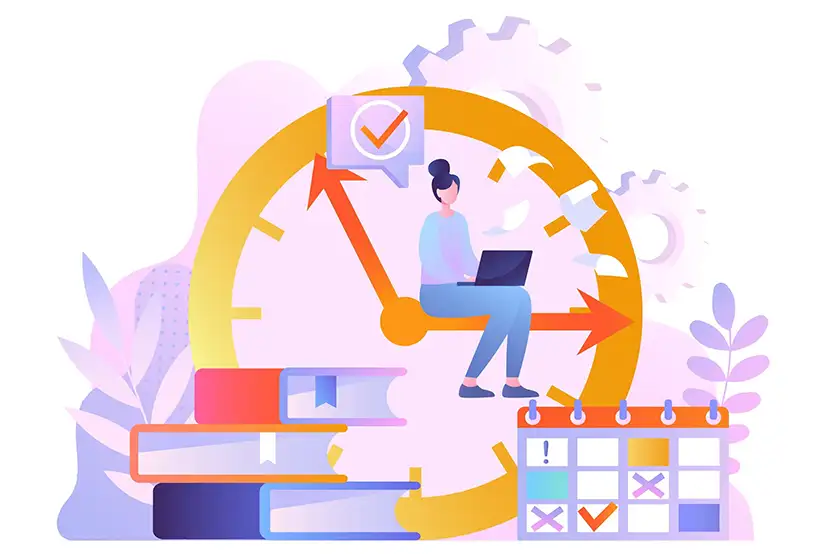Maintain These Time and Attendance Best Practices to Gain a Higher ROI
Accurate time and attendance management has always been critical to controlling labor costs and complying with regulations and mandates. However, now that operations are more complex, with teams comprised of remote and hybrid workers, contract employees, union workers, and salaried professionals, making sure time and attendance are correct is more of a challenge.
Implementing the following time and attendance best practices will make it easier to achieve improved accuracy while increasing back-office efficiency.
1. Automate Your Pay Rules
Consistently applying pay rules for overtime based on collective bargaining agreements, extra hours that nonexempt employees work, or vacation or PTO pay is essential to avoid legal challenges. It’s also key to maintaining trust and a positive work culture.
Manual processes take time when an employee’s work schedule changes and, unfortunately, can lead to errors and inconsistencies. Time and attendance best practices include configuring overtime and accrual policies and conditions, ensuring that they’re applied consistently across the board.
2. Create an Employee-Tailored Experience
Payroll accuracy isn’t only important to your office staff and your business. It’s also crucial to employees. If a paycheck is a different amount than expected, it can cause hardships. As a result, employees want information that gives them visibility into the amount of compensation they can expect. Historically, though, answering questions about pay has fallen to the HR or payroll department, adding to already full workloads.
Modern time and attendance systems allow you to give employees self-service access to their records. Creating profiles for employees enables you to control the data they can see and the tasks they can perform on their own. For example, if an employee isn’t eligible for a sick day, the option shouldn’t appear among the options for that profile. Allowing employees to record and track their time, enter job codes or cost centers, and maintain visibility into that data can help to ensure that the information sent to payroll is correct without creating a burden for your back office.
3. Create Single Sign-On for your users
Payroll data, including names, social security numbers, bank account details, and other sensitive data, is an attractive target for hackers. But users may want to save steps to complete tasks more quickly, so they use simple passwords (i.e., 123456 or “password”).
Single sign-on (SSO) allows users to log into all of the business applications and systems they use with one username and password, so they only have to remember one set of credentials. When the employee wants to open the time and attendance application, the SSO solution authenticates the user’s identity and grants access. Because authentication is easier, adoption throughout an organization – and security – increases, and it doesn’t negatively impact productivity.
4. Integrate data from other systems
Surprisingly, many organizations do not take full advantage of integrating systems. Time and attendance management systems should integrate so that data from HR, financial, or project tracking systems can populate the timesheet with tailored information. Integration with scheduling or other systems can also save time and increase payroll accuracy by automatically sharing data.
Time and attendance best practices include pulling information from all systems necessary to minimize rekeying and reduce errors.
5. Get off Paper or Spreadsheet-Style Timesheets
Cloud-based solutions offer numerous benefits. First, they eliminate the impact of illegible handwriting on accuracy and the time it takes to correct errors. But they provide additional advantages. When data is automatically captured and shared with the systems necessary for accurate payroll and HR records, you have real-time visibility. You can access up-to-the-minute data on labor costs, overtime, and insights that can help you make informed decisions about scheduling and making the best use of your workforce.
Cloud-based systems are also easier for your employees and reduce overall cycle time. They don’t have to take time to complete paper time sheets and forward them to a manager for approval. They enter the data online, the manager receives a notification to review, and information is readily available for payroll processing. Additionally, once you transition from paper to digital processes, you’ll never go back. Cloud-based systems make time and attendance data collection easy, leading to time and cost savings and increased productivity.
6. Implement an FMLA Tracking System
Tracking compliance with the Family and Medical Leave Act (FMLA) includes completing a list of documents by a schedule of deadlines. Many businesses coordinate this activity using spreadsheets and corresponding by email. However, a solution that digitizes and automates this process can ensure compliance and make the process easier for your staff and your employee taking the leave.
An FMLA tracking system can help your team determine program eligibility, ensure you’re following federal and state laws, determine all possible leave year scenarios, and generate reports. It will also help you streamline internal processes for approvals and notifications from within the tracking system.
Benefits of Using Time and Attendance Best Practices
Implementing time and attendance best practices will result in ROI. Rework – often up against a payroll deadline – is decreased or eliminated. The time necessary to spend on payroll is reduced from days to hours, and keeping a close watch on time can help prevent overtime or scheduling employees when they aren’t necessary.
Self-service options give employees easy access to the information they need, contributing to greater employee satisfaction and positive company culture. Additionally, your business will have the tools it needs for documentable compliance with FMLA and other laws and regulations. However, your business needs advice on time and attendance best practices and the technology that supports them.
Ecotime by HBS Can Help You Maintain Best Practices
Ecotime is designed for time and attendance accuracy and to ensure that employees are paid correctly the first time, every pay period. Our flexible system allows you to take complex circumstances into account and streamline your processes to save time, regardless of the size of your organization and the different employee categories you employ.
To see how to do time and attendance management the right way, schedule a demo today.












